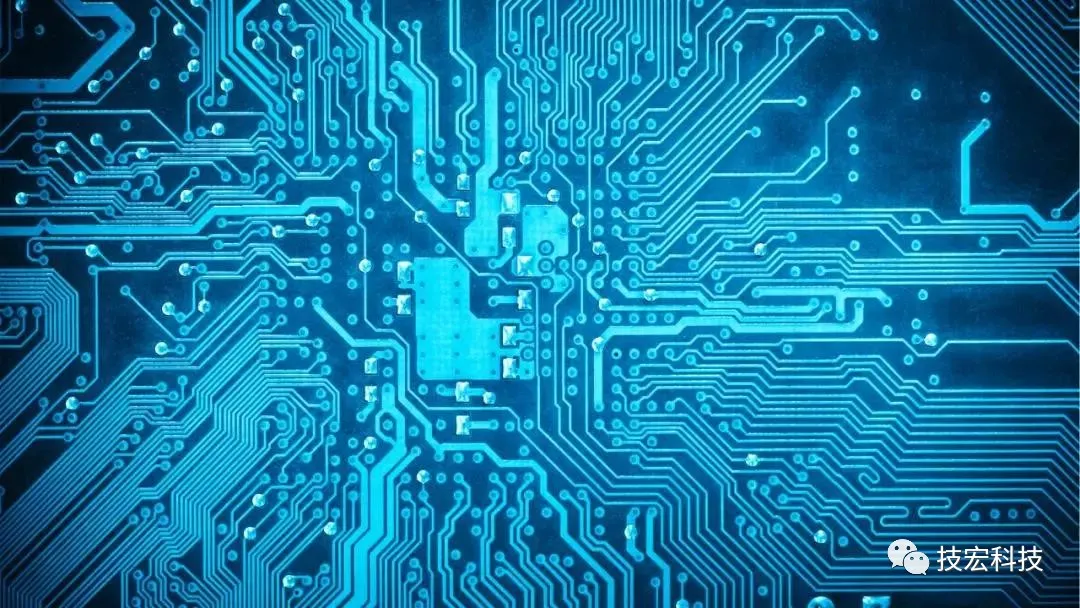For the first time in recent three years, the global semiconductor shipment in July fell 1.8% year o
According to the Nikkei News, the recession of the semiconductor business cycle has returned since the second half of 2018 due to the fading demand for housing economy and the slowing demand for consumer electronic products such as smartphones, which also put the demand for semiconductors on the brakes.
According to the latest data released by the World Semiconductor Trade Statistics Association (WSTS), the global semiconductor shipment in July 2022 fell 1.8% year-on-year to $44.4 billion, the first year-on-year decline in 32 months (since November 2019). Judging from the recent growth rate, it grew by 18% in May and dropped to 6% in June, slowing down rapidly.
The report pointed out that the semiconductor was in the seller's dominant market because of the shortage of supply. However, as the demand for housing economy subsides, coupled with the rising global inflation pressure and the impact of the new epidemic, the environment of the semiconductor "seller's market" has changed, especially in the storage chip field, due to the increase of inventory, the pressure of price decline has risen.
According to the survey of CCTV Finance and Economics, there is an obvious oversupply in the memory market at present. With the increase of suppliers' inventory, the price of memory chips has dropped, and some product prices have even been "halved".
TrendForce Jibang Consulting, a market research institute, predicted that the price decline of NAND Flash products in the fourth quarter would expand by 15-20%, while the price decline of DRAM products would expand to 13-18%.
In addition, many chip manufacturers in the industry, such as Micron and Hynix, also issued early warnings, indicating that the oversupply of chips is intensifying.

